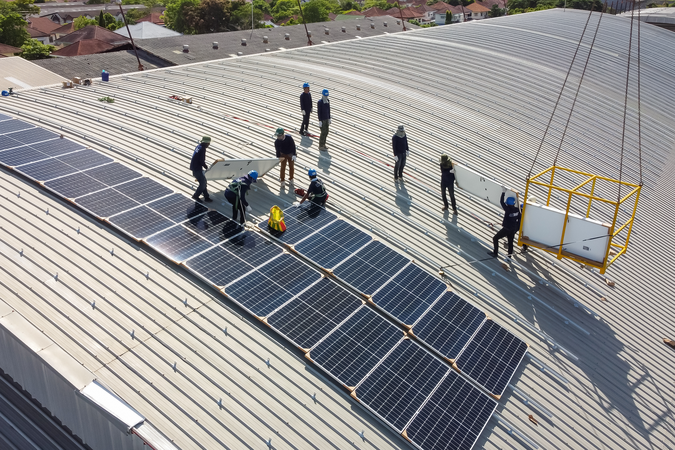Is the US the New Swing Producer? The Price-Responsiveness of Tight Oil
New research suggests a much larger role for the US incremental supply of oil to the global market than before the revolution in unconventional drilling—but the response still takes more time than is typically considered for a “swing” producer.
We analyze the price responsiveness of onshore oil supply from conventional versus new unconventional “tight” formations in the United States. We separately analyze three key stages of oil production: drilling wells, completing wells, and production from completed wells. We find that the important margin is drilling investment. We estimate drilling responses of approximately 1.3 percent for tight oil and 1.1 percent for conventional oil per 1 percent change in oil prices. In addition, tight oil wells produce about 4.6 times more oil compared to conventional ones. Together, the long-run price responsiveness of supply is about 5 times larger for tight oil on a per well basis, and about 9 times larger when accounting for the rise in the number of unconventional wells drilled. Based on these estimates, simulations of the time-profile of oil production response to price changes show that the US supply response is much larger now due to the shale revolution. Nonetheless, it takes many months before a substantial portion of the full supply response is online, longer than the 30 to 90 days typically associated with the role of “swing producer” such as Saudi Arabia.
Key findings
- The shale revolution and the resulting surge in U.S. oil production has dramatically altered America's role as an oil supplier.
- An analysis of a detailed dataset of 164,000 U.S. oil wells finds an estimated 5-fold larger production response, on a per-well basis, to price changes from unconventional as compared to conventional oil wells.
- Further accounting for the sharp rise in unconventional drilling (compared to conventional drilling) further magnifies this increased price-responsiveness to a 9-fold increase.
- These represent significant increases in context of the global market, suggesting a significantly larger role for U.S. incremental supply than before the shale revolution.
- Nonetheless, it takes several months before a full supply response is online, longer than that of a “swing producer” such as Saudi Arabia, or the release of public stocks such as from Strategic Petroleum Reserve.





